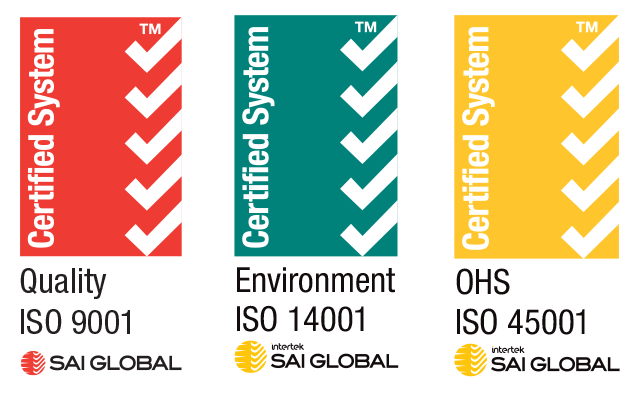
A giant state-of-the-art fishscreen being installed near the Rangitata River has hit a significant milestone, the installation of seven 8.5metre-long screen sections.
Looking like something out of British sci-fi series Thunderbirds, the fishscreen is part of a $17.2 million project by water supply company Rangitata Diversion Race (RDR) Management Ltd to protect salmon, trout and native fish stocks in the river.
The fishscreen, made up of the seven sections installed at the Klondyke intake of the RDR, will keep the fish stocks out of the RDR’s canal and in the river.
RDR Management Ltd chief executive Tony McCormick said the mounting of all seven T-screens on the wall was “a significant milestone”.
“It’s all pretty impressive, and interesting,” he said.
RDR board members and staff – including new RDRML engineer manager Kees Beentjes – were on site last week to view the installations firsthand and work was on track for its May 2022 connection to the canal; the end of the irrigation season.
The company supplies water for irrigation, stockwater and hydrogeneration across Mid Canterbury and part of its conditions of water-take required the company to prevent young fish from entering the irrigation canal.

Most of the substantial construction was expected to be completed early next year.
A series of public days – and tours for interest groups – were being planned soon after for people to see the work themselves, Mr McCormick said. They would be advertised in due course.
The seven cylindrical screens, each measuring 2.1m in diameter, make up the mechanical screen which arrived from Australia.
The fishscreen was constructed by Ashburton company Grant Hood Contracting, under the watch of construction project manager James Greene, with a team from Smith Crane and Construction, and was likely the largest and most complex of its kind in the world.
Mr McCormick was pleased with the work done by the crews.
There were still flat panel screens to mount and some concrete work to finish before it was connected to the river, but once completed the screen would be covered in stainless steel mesh with 2mm gaps and fitted with electrical motors that turn the drums to clean off sticks and other debris.
It has been scientifically designed to allow water through but ensure young salmon and other fish are swept past the screen to an offtake that runs back into the river.
RDRML has consent to take water from the river for irrigation, stockwater and hydrogeneration and distributes it via a 67km canal that runs across the district to the Rakaia River.
It is a legacy piece of engineering, built 80 years ago to stimulate agriculture in Depression times, and remains vital to the district’s economy.


